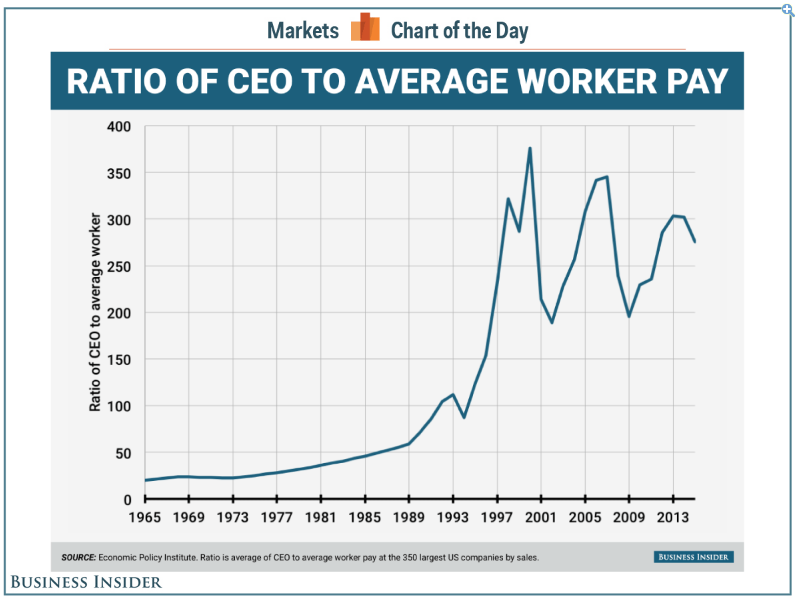Okay, before you go off on me in the comments, let me explain. This is a reaction post to my friend, and really smart digital PR strategist, Maren Hogan, who wrote “Quality of Hire Means Something. Here’s Why.” If you don’t know Maren, go check her out, she runs Red Branch Media one of the best B2B marketing agencies in the business supporting talent acquisition and HR from a vendor and organizational standpoint.
Here’s some of the article Maren wrote:
Quality of Hire didn’t use to be a recruiting measurement. Far from it! Even just ten years ago, the goal for recruiters and even their emerging brethren was to make sure that people met the job requirements. Terms like “cultural fit” were on the fringe and those who wanted recruiters to answer for retention, may potentially get an earful. Back then, we all decided collectively, that recruiting was responsible for bringing the people to the party but it was up to hiring managers, HR professionals and line managers to keep people dancing.
That’s not so true anymore. About four in 10 of nearly 4,000 corporate talent acquisition managers from 40 countries agreed that quality of hire is the most valuable metric for performance, although that is a dip from the 44% who said so in 2014. With the emergence of employer branding, recruitment marketing, personality and skills assessments and cultural fit, the zeitgeist has decided that yes, recruiters must answer for quality of hire. But instead of being upset, here’s why recruiters should embrace quality of hire and retention KPIs (Hint: it only makes recruiters more valuable).
I get why Maren writes this. It’s good for business. Knowing Maren, I highly doubt she actually believes it, because she’s wicked smart.
Here’s what’s wrong with thinking Quality of Hire means something:
– 99.9% of organizations have no idea how to measure Quality of Hire. If you don’t know how to measure it, it doesn’t mean anything.
– 99.9% of organizations measure Quality of Hire differently. Without a consistent industry measure, Quality of Hire doesn’t mean anything.
– True Quality of Hire measures takes time. Like a year. You have to actually measure the performance of the hire to know if they’re quality or not. This long time makes it almost impossible to have this as a Recruiting KPI. Since performance over a year has way too many variables at play to connect the dots back to a recruiter!
– Trying to tie quality of hire to sources is also an exercise in futility of your understand basic statistics. Sure you might have actually gotten your three best developers off of Craigslist. Do you truly believe Craigslist is your best source? There are so many variables at play to why a person comes from an individual source, it makes little sense to try and tie Quality of Hire back to a source as well.
– 4 out of 10 corporate talent acquisition managers mostly have no idea what the hell they’re doing. So, why would I ever listen to this study? The same 40% also believe there are purple squirrels running around! These are also the same people who believe QofH is about retaining new hires! “Oh, look! Our new hire who has yet to find the bathroom is still here! What a great ‘quality’ hire!”
Maren is smart, she’s trying to help recruiters, I like that. This post isn’t busting Maren, it’s busting our industry! I wish we all could instead sit down and come up with one common Quality of Hire metric to compare across industries, organizations, countries, etc.
Of all the TA analytics we have out there Quality of Hire might be the most mis-understood one of them all. Do I have the answer? Nope. Would love to hear your thoughts, though, in the comments of how you measure Quality of Hire, then maybe we could begin some solid conversation about getting this standardized!
Hit me with your QofH metric below!


